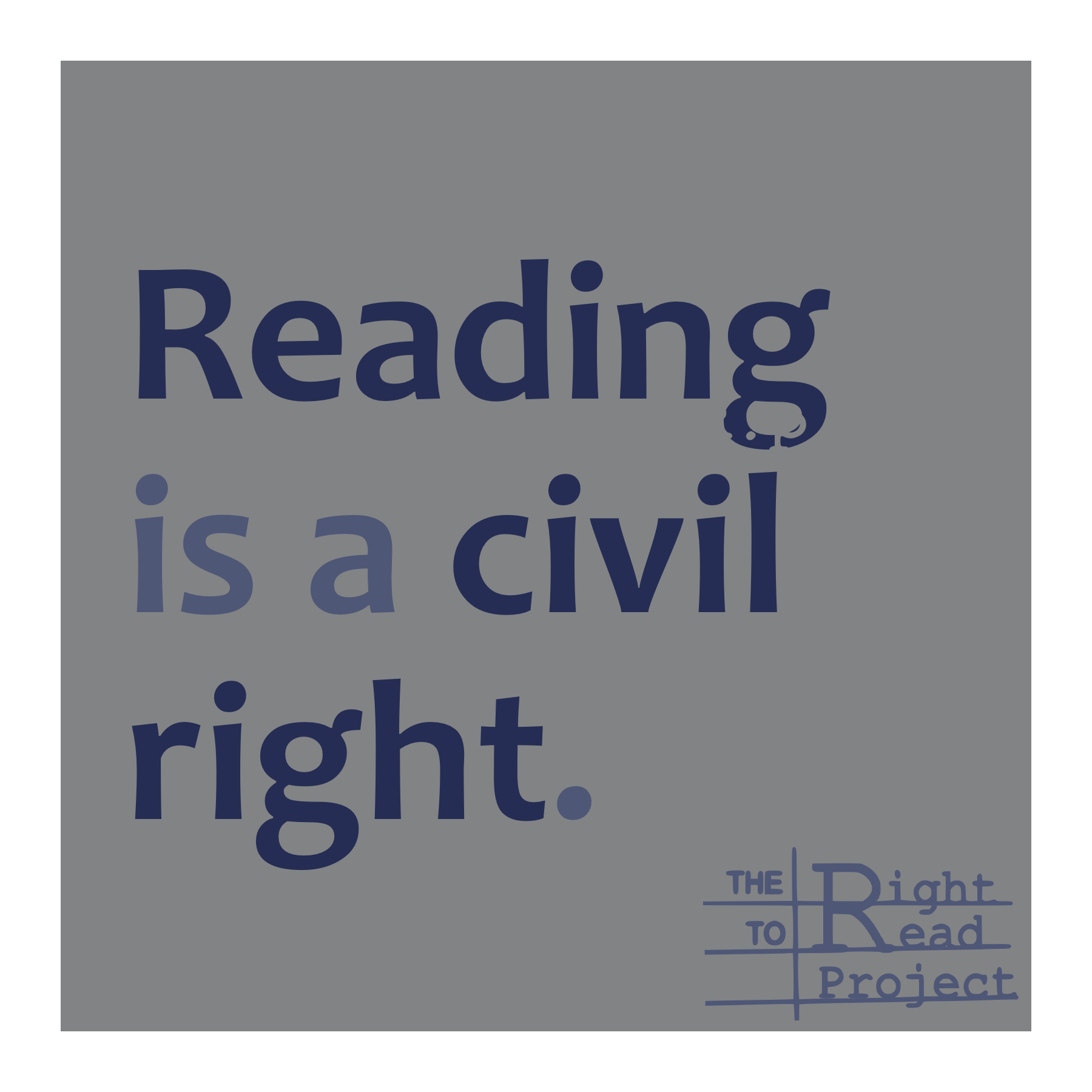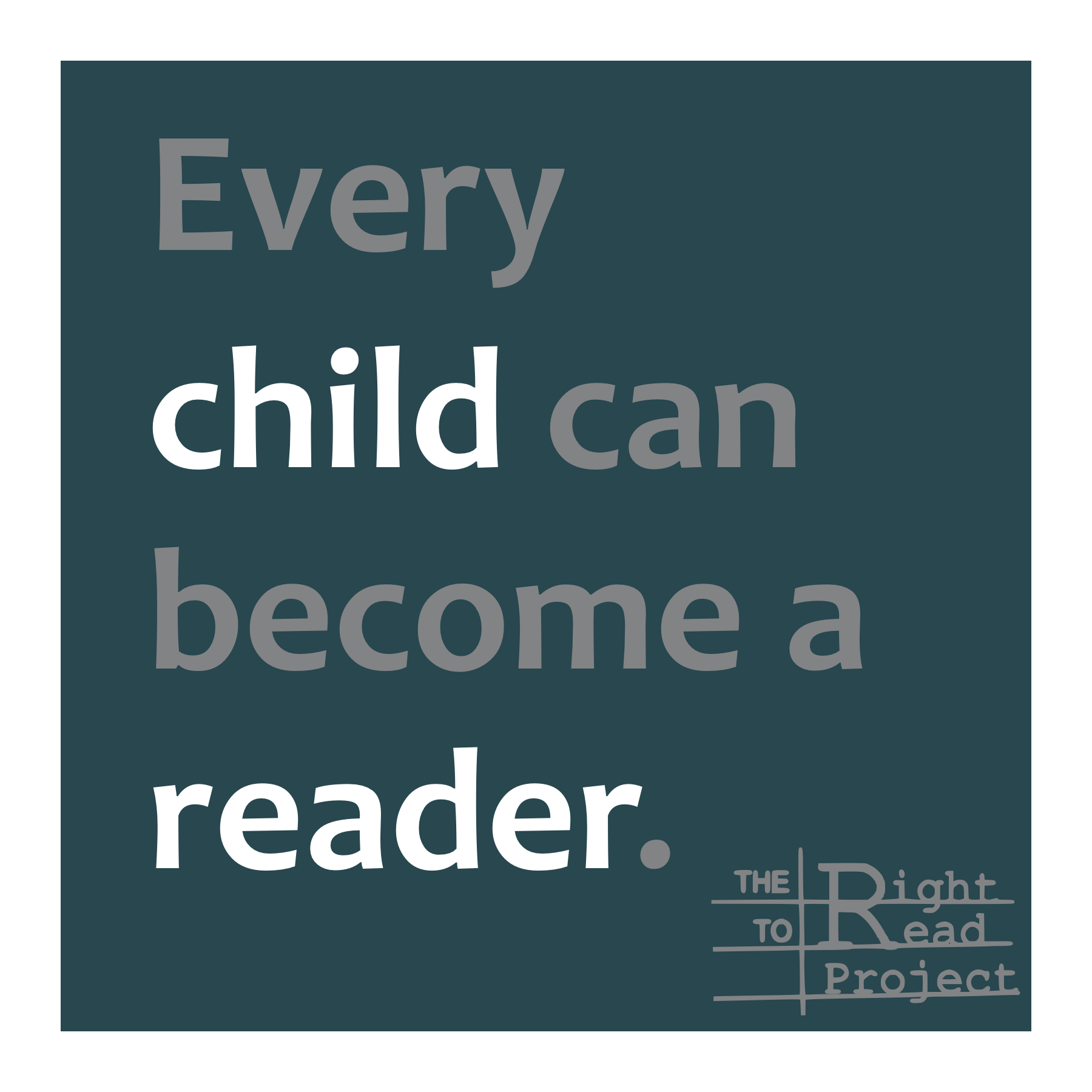Many teachers have already reorganized our leveled libraries because we learned that, according to Fountas and Pinnell, “levels have no place in classroom libraries.” Sorting books into bins labeled by theme or topic is time-consuming, but it’s not a difficult task. We immediately see that offering students more choice in their reading materials and teaching them to monitor their own reading for accuracy and comprehension is rewarding. However, books at the lower levels, “predictable books,” pose a challenge that is not so easily solved.
Problems with Predictable Books
Predictable books are designed to teach children not to depend on decoding to tackle unfamiliar words–they are purpose-written to teach children to predict, or guess words–so what children do with low-level books is not actually reading. Some students climb up the levels by transitioning away from picture-cues and predictable sentences, but others hold tightly to the guessing strategies that are reinforced by predictable books, and time with these books slows their decoding progress. For beginning readers, decodable books provide a more reliable path to authentic texts, and using them for phonics instruction and fluency practice offers a “helps all, harms none” approach to teaching reading. But what, then, should we do with all our predictable books?!
Rethinking the Instructional Purpose
To repurpose predictable books for activities other than reading, we need to look at them with fresh eyes and new criteria. More important than the level stamped on the back cover is the contents inside.
We can ask ourselves, What are the features of this individual book that make it a useful teaching tool? A single book may have more than one useful feature and it might be repurposed for any number of language development, writing, or art activities.
We’ve listed out some of the features you might look for in predictable books and have drafted example activities to help with lesson planning. (You’ll find descriptions and links to the example activities below this table.)
| Predictable Book Types | ||
| Types | Activities | Examples |
| Single sentence per page with a single story word | 1. (RE)WRITE THE BOOK Composing Simple Sentences | |
| Pictures that tell an interesting story | 2. THAT’S A DIFFERENT STORY Narrative Writing | |
| Pictures with multiple characters | 3. WHAT’S THAT YOU SAID? Writing Speech or Thought Bubbles | |
| Paired texts with the same subject | 4. PUTTING THE PARTS (OF SPEECH) TOGETHER Grammar Instruction | |
| Paired sentences | 5. TAKE TWO Sentence Combining | |
| Big books | 6. A BIG IMPROVEMENT Writing Conventions | |
| Single sentence per page with taught high-frequency words | 7. YOU CAN SPELL THAT AGAIN! Spelling High-frequency Words | |
| Cumulative illustrations | 8. TALK AND TURN THE PAGE Language Development for Beginning English-learners | |
| Obvious pictures | 9. PICTURE THIS Vocabulary Picture Cards | |
| Themed text sets | 10. A (LABELED) PICTURE’S WORTH A THOUSAND WORDS Labeled Collage |
We’ve drafted ten lesson examples–one for each of the ten book types–to show how predictable books can be repurposed for instruction designed to build students’ oral language, writing skills, and creative abilities. The exemplar texts all come from the Green Kit of Leveled Literacy Intervention (LLI), but any predictable texts with the similar features would work well. Repeating these lessons with multiple books can deepen students’ learning and, if you pull away the scaffolds, many of these activities can become literacy centers.
Click on the activity title to see the lesson example.
1. Re(write) the Book
Composing Simple Sentences
This activity gives students a purpose for composing grammatical sentences that apply the phonics and high-frequency words they have been taught. Books that have a single sentence per page and that include a “story word” to go with the picture (typical in books Levels A and B) work best for this activity.
2. That’s a Different Story
Narrative Writing
In some predictable books, the pictures are the most interesting part. A book like, Oh No! (Level A) tells nearly the whole story through the illustrations. Discussing the pictures and creating a story requires students to draw inferences, share observations, and tell/write a story in sequential order.
3. What’s That You Said?
Writing Speech or Thought Bubbles
The illustrations in predictable texts often communicate the personalities, feelings, and interactions of characters and, to the extent the text tells a story, mirror the story’s narrative structure. The pictures provide a built-in scaffold for students as they think about and discuss what characters might be saying (or thinking).
4. Putting the Parts (of Speech) Together
Grammar Instruction
The repetitive sentence structure in predictable books can be used to teach students the parts of speech and how to use those parts to compose increasingly complex sentences (orally and/or in writing). Strategies from Guided Language Acquisition Design (GLAD) benefit language learners of all levels.
5. Take Two
Sentence Combining
For this activity, students use paired sentences from a predictable text to generate more complex sentences. Depending on students’ language and writing ability, you might choose to do more or less sophisticated sentence combining. The difficulty of the activity can also be varied by determining how much of the writing is completed by the teacher or the students
6. A Big Improvement
Writing Conventions
At Level C and above, predictable books tend to have punctuation, like quotation marks and commas, as well as text features, such as bolded words and dialog tags. A big book can provide multiple opportunities to show students the written conventions you would like to see in their writing.
7. You Can Spell That Again!
Spelling High-frequency Words
This activity is best suited to irregularly spelled high-frequency words, such as do and one. Students get repeated practice identifying, saying, writing, and correctly spelling high-frequency words in the context of complete, grammatical sentences. Focus this activity on words recently taught during reading instruction so students receive extra practice and learn to spell the words correctly for their own writing.
8. Talk and Turn the Page
Language Development for Beginning English-learners
In this activity, students have multiple opportunities to point to images and say what they are. Using sentence frames provides students with repeated practice producing complete, grammatical sentences with the vocabulary they are learning.
9. Picture This!
Vocabulary Picture Cards
This activity previews or reviews vocabulary related to a topic. As you select words for vocabulary cards, target words that are grade-level appropriate and that will be high-utility in and outside of the classroom.
10. A (Labeled) Picture’s Worth a Thousand Words
Labeled Collage
Because so many predictable books are on the same topics (gardens, farms, playing, etc.) it’s easy to make book sets. A few books on the same topic, preferably each with a different type of illustration, make great raw material for a collage.
Separator
Onward and Upward!
Predictable books are not the best tool for teaching students how to read, but they can be put to good use in class discussions, ELD or writing lessons, literacy centers, and art. The activities we’ve shared are just a starting place and we’d love to hear what other ideas you have for using predictable books.









Thank you so much for this! Our schools and classrooms are brimming with these bright, colorful books but many feel at a standstill in how to use these in our primary literacy time. Not only are the suggestions meaningful and clever, your examples really make it easy to apply. Thank you so much!!
You’re so welcome! We’d love to post more, so please consider sending pics and lessons our way if you come upon great examples.
This is brilliant! Thank you to those who put the time and effort into making this.
You’re welcome! So glad it’s helpful.
We actually had a whole lot of fun 🙂